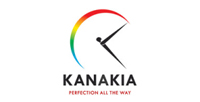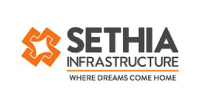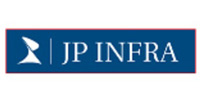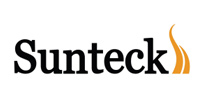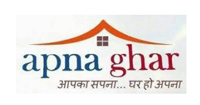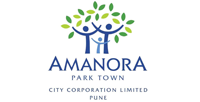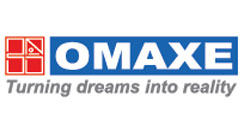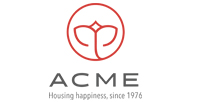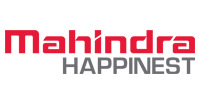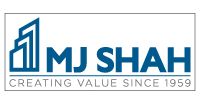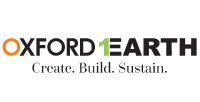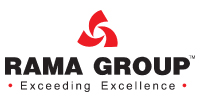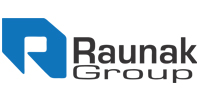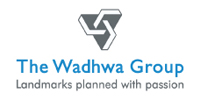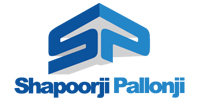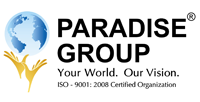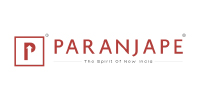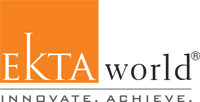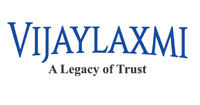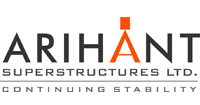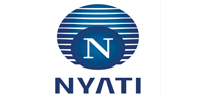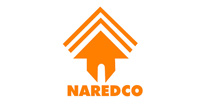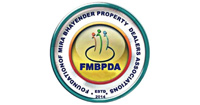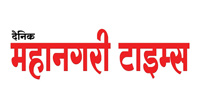ICRA Reports: The actual completion of houses under PMAY-G is greater compared to PMAY-U.
By Abhay Shah, Realty Quarter
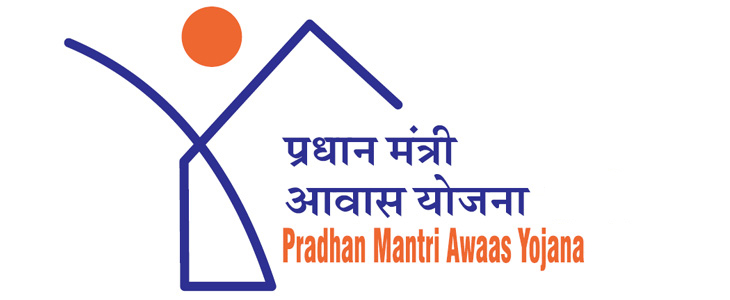
Although the number of homes sanctioned is approximately 81 lakh under PMAY-U and approximately 1 crore under PMAY-G respectively, according to a new study, the actual completions, especially under PMAY-U, were moving at a slow pace, at only 32% of the homes sanctioned. However, PMAY-G’s progress has been considerably improved, with 84% of the approved houses finished under the scheme’s Phase I, it said.
The rate of execution has also varied across the two schemes on a national basis, with the speed of advancement on PMAY-G’s Phase-I being satisfactory, but house completion speed under PMAY-U being lighter than originally envisaged, it said.
Andhra Pradesh, Uttar Pradesh, Madhya Pradesh and West Bengal states have accomplished considerably greater PMAY-U house completions than other states. According to ICRA research, the achievement can be ascribed to the pro-activity of the corresponding state authorities in creating public-private participation practices and their focus on streamlining execution and preserving timeline effectiveness. Under PMAY Gramin (PMAY-G), it noted that Madhya Pradesh, West Bengal and Uttar Pradesh had the highest number of house completions.
“The achievement of selected states under PMAY-U is ascribed to the pro-activity of the corresponding authorities in creating PPP procedures, as well as their focus on streamlining execution and keeping timeline effectiveness through multiple measures, notably by providing single-window clearance for building approvals and prompt validation of applications,” said Mahi Agarwal, Assistant Vice-President and associate head at ICRA.
Under PMAY-G, the focus of the state government on rapid beneficiary choice, timely disbursement of funds to the beneficiary account, and securing the accessibility of resources and construction material were main driving factors, she said.
“The differential rate of advancement between PMAY-U and PMAY-G may be due to low budget allocations and heavy dependence on non-budgetary sources of financing for PMAY-U. Furthermore, considering that a significant proportion of affordable housing produced in the urban segment falls under PPP systems, where the development of the related project phases and common infrastructure typically takes around 2-3 years, the recording of house completions has remained low at the initial years of such projects,” she said.
For PMAY-G’s Phase-I, on the other hand, due to the use of the beneficiary-led closure strategy, both central financing aid and house-completion timelines were shorter. Sustaining Phase-II velocity will stay critical to attaining the specified goal within the specified timeline, she added.
ICRA states that, irrespective of scheme-wise and state-wise variations in general mission progress, the Government’s efforts to increase affordable housing availability through the provision of land, grants and incentives, coupled with increasing domestic buyer demand for the segment backed by concentrated tax incentives, resulted in a significant increase in general private involvement in the industry.
In the projects conducted in this segment, a significant rise has been observed across the ICRA’s rated portfolio in the affordable housing industry. Technical developments, such as aluminum formworks and prefabricated construction, have allowed cost and time efficiencies, making it more financially feasible to build such spaces.
Thus, developers re-aligned policies to satisfy market demands and focused on maintaining inexpensive median ticket sizes to increase the recovery of demand in the real estate sector. However, the developer’s capacity to maintain expenses under control without compromising the quality of the project continues a vital determinant of the overall performance of the project.












